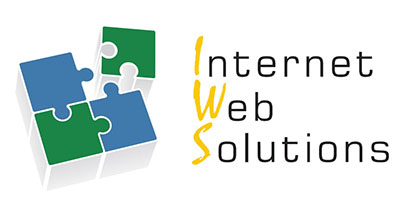
|
|
Learning Outcomes Objectives and goalsClick to read
At the end of this module you will be able to:
Identify ways to listen to customer feedback What is customer feedback?Click to read
The foundations: Customer feedback is ANY type of information we can get (informal or formal) in relation to their interactions or experiences with our product or service. A lack of a feedback loop means we are not in tune with our customers and what is going well or not. N.B.: Customer feedback is critical for feedback that is BOTH positive AND negative information to help us accentuate the good and mitigate and change the things that are not (or not longer) working for us. https://www.pendo.io/glossary/customer-feedback/
Customer feedback must be a dynamic process!!! 1. Gather feedback
Why is listening important?Click to read
Why should we listen to customers? Despite the fact that it is simply “polite” to listen to those who are investing in your business, there are sound business reasons for ACTIVELY listening to customer feedback: • Improve customer loyalty Types of customer feedbackClick to read
Customer feedback can be both verbalized (primary data) and non-verbalized (secondary data): Verbalized feedback: Non-verbalized feedback: ** CRITICAL: we need to do SOMETHING with the data collected otherwise it is irrelevant to us Show customers you are listening How to listen and actClick to read
How should we listen to customers? • Let them talk N.B.: what really counts is what customers are actually experiencing, not what issues we are facing (e.g., operational); focus on the accentuate the positive, deal with the negatives Feedback to customers after listeningClick to read
It is critical to demonstrate to customers that you have listened to them! Otherwise, they can get discouraged and ambivalent towards you • Simply asking them information shows you are listening – at least it is a start Use tools to gain customer feedback Collecting informationClick to read
It is critical to ask the appropriate questions. Remember: garbage in, garbage out. Try to: • Use a reliable and tested measure (e.g., SERVQUAL) to gain customer feedback on what you want to measure ** Avoid biases in analyzing data, no matter how it is collected; where possible gain some professional insight prior to collecting or analyzing data (avoid biases) Formal tools (primary data)Click to read
There are a number of tools that are available to collect data 1. Web-based: Some are freeware and others are ‘free’ up to a point. Some of the most commonly applied tools to collect data include: - Google Forms 2. “In-person” based: - Focus groups Formal tools (raw / secondary data)Click to read
Raw or secondary data is also available to gain customer feedback. Some examples include: • Tracking customer sales over time: - in general across your customer base • Social media and blogs where customers and non-customers discuss issues related to our products / services • Industry level data that is publically available for analysis • Industry reports may be available, but many times are for a fee Conclusions Summing UpClick to read
Key takeawaysClick to read
|
Test Yourself! 
Description:
This session is focused on tools and techniques to actively listen to customers and the important messages they are sending to us (directly and indirectly). The focus will include both the secondary data available but also how to best collect and utilise primary data to better understand today’s customers but also tomorrow’s. Integration of effective customer listening helps to identify not only current issues but also opportunities for the future and how to pursue or resolve them as well as creating a stronger relationship with our customers leading to greater loyalty.
Keywords
Feedback; active listening; data collection tools
Bibliography
Gordon C. Bruner II. (2021). Marketing Scales Handbook: Multi-Item Measures for Consumer Insight Research, Volume 11. GCBII Productions, LLC.
Richard K. Miller, & Kelli Washington. (2020). Retail Business Market Research Handbook 2021-2022: Vol. Nineteenth edition. Richard K. Miller & Associates
 Play Audio
Play Audio 














